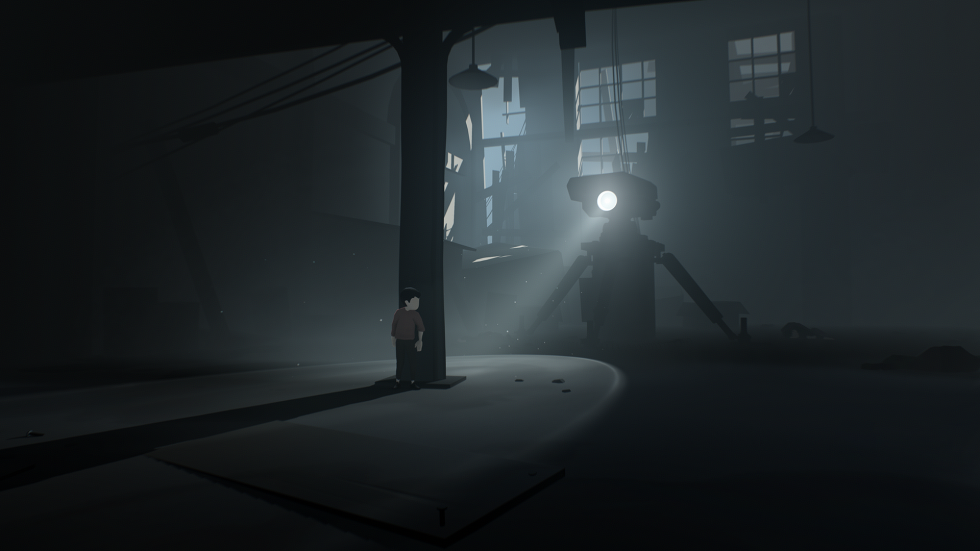
The Long March 7 rocket lifts off on Saturday from the Wenchang Satellite Launch Center. (credit: XInhua)
Until recently it was fairly easy to dismiss China’s space program. Yes, China is one of just three nations to launch humans into space, but its technology has always seemed highly derivative of Russian spaceflight architecture. And when a recent article raised the question of whether China might develop reusable rocket technology, one Ars reader offered an amusing yet perhaps not entirely untruthful response: “That depends on how good SpaceX's IT security is.”
After Saturday’s launch of the Long March 7 rocket from the new Wenchang Satellite Launch Center, however, such skepticism appears to be increasingly unwarranted. Although largely ignored by the Western world, the Chinese launch marks something of a defining moment for the giant of Asia, a moment when China firmly staked its position as one of the world’s great space-faring nations. More than that, it took a step toward equaling, or perhaps even surpassing, NASA one day.
The Long March 7 rocket does not immediately threaten NASA or the US launch industry, of course. With the capability to heft 13.5 metric tons to low-Earth orbit, it is roughly on par with the Falcon 9 and the Atlas V launch vehicles. And the Tiangong-2 space laboratory China intends to launch later this year is but a shadow of the International Space Station.
 Der jahrelange Streit über die Urheberrechte an Happy Birthday ist beendet. Der Musikkonzern Warner muss 14 Millionen Dollar an Tantiemen zurückzahlen. (
Der jahrelange Streit über die Urheberrechte an Happy Birthday ist beendet. Der Musikkonzern Warner muss 14 Millionen Dollar an Tantiemen zurückzahlen. (



 Nach Far Cry 3 Blood Dragon mischt Ubisoft erneut Genres zusammen: In Trials of the Blood Dragon geht es um Motorrad-Kunststücke und einen aussichtslosen Krieg. Der Stilmix hat großartige Momente zu bieten - treibt Action- und Fahrfans aber auch immer wieder zur Verzweiflung. (
Nach Far Cry 3 Blood Dragon mischt Ubisoft erneut Genres zusammen: In Trials of the Blood Dragon geht es um Motorrad-Kunststücke und einen aussichtslosen Krieg. Der Stilmix hat großartige Momente zu bieten - treibt Action- und Fahrfans aber auch immer wieder zur Verzweiflung. ( Daten aus dem Orbit, dauerhaft verfügbar: Kepler Communications will eine Konstellation aus Satelliten aufbauen, über die jeder Satellit im Orbit ständig erreichbar ist. Wann das Projekt startet, ist noch unklar. (
Daten aus dem Orbit, dauerhaft verfügbar: Kepler Communications will eine Konstellation aus Satelliten aufbauen, über die jeder Satellit im Orbit ständig erreichbar ist. Wann das Projekt startet, ist noch unklar. ( Die Verlage wollen ihre eindeutige Niederlage vor dem Landgericht Berlin gegen Google in zweiter Instanz korrigieren. Auf europäischer Ebene will die VG Media das Leistungsschutzrecht auch für solche Verlage durchsetzen, die es grundsätzlich ablehnen. (
Die Verlage wollen ihre eindeutige Niederlage vor dem Landgericht Berlin gegen Google in zweiter Instanz korrigieren. Auf europäischer Ebene will die VG Media das Leistungsschutzrecht auch für solche Verlage durchsetzen, die es grundsätzlich ablehnen. (